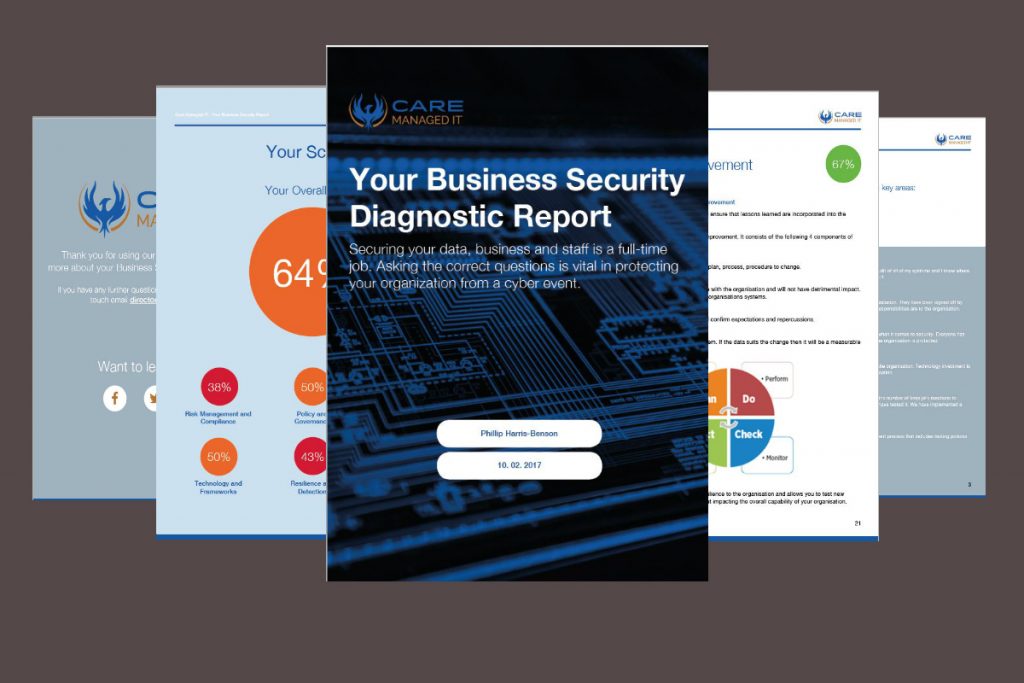Of the organisation, your business models, your business capabilities, understanding of cybersecurity or your capabilities the main focus for every organisation is to ensure that the business risks are mitigated to the best of your ability.
When it comes to digital or cyber risk there is always a chance that you have not removed all the required risks because of the technological complexity of the underlying systems supporting your business capabilities.
When it comes to risk there are a number of ways of managing it and reducing it to a manageable level.
Business security risk management is all about mitigating potential cyber risks by identifying the risks, identifying the impact and then planning a response.
When it comes to managing risk with an organisation there is a simple process that will companies need to perform.
Identify your most valuable assets.
The organisation needs to understand which assets or business capabilities are essential to the business in its endeavor to make a profit.
These assets include computers, laptops, services, data, cloud-based systems and networks. These assets have a financial focus when it comes to the cyber-criminal. Identifying valuable assets also includes past experiences, present requirements and also future changes that could cause problems for your company.
Identify the risks.
Once you have identified the assets that you need to protect you need to identify the risk to those assets from every vector that you can think of. Threats to the organisation are the starting place of working out what risks the organisation may encounter.
Risks can be identified from past experience, information on the Internet through social media or a basic search, predicting what has changed in the future and ensuring that that the mitigation process can now reduce the risks that have been identified.
Predict the future.
Risk management in today's business world is all about planning for an attack. The majority of cyber-attacks are random and are not specifically targeted at you or your staff.
So the protective strategies required to protect the data must include an understanding that this is not personal.
The prediction of the future using the identified assets and risks allows an organisation to implement policies, processes, procedures, plans and standards that are unique to the organisation and allow the identification of the organisation's best risk management.
Have some control.
Risk management is not all about set and forget. There are certain control features that need to be implemented that will allow the organisation to monitor, improve and manage all identified risks to a level where it is the continuous process.
Increase awareness.
Understanding how you protect your organisation after you have identified the assets implemented the risk management components now includes an increased awareness for all members of the corporation on their best practices.
Awareness can be increased through awareness training, games and challenges, quizzes and basic questions about security requirements the organisation.
Implementing and ensuring that the organisation has the right risk components in place is usually done as a whiteboard or pencil and paper endeavour. It is also not associated just with the management team it should include every facet of the organisation to ensure that all risks and assets are identified not the highly visible ones of middle management and C level executives

